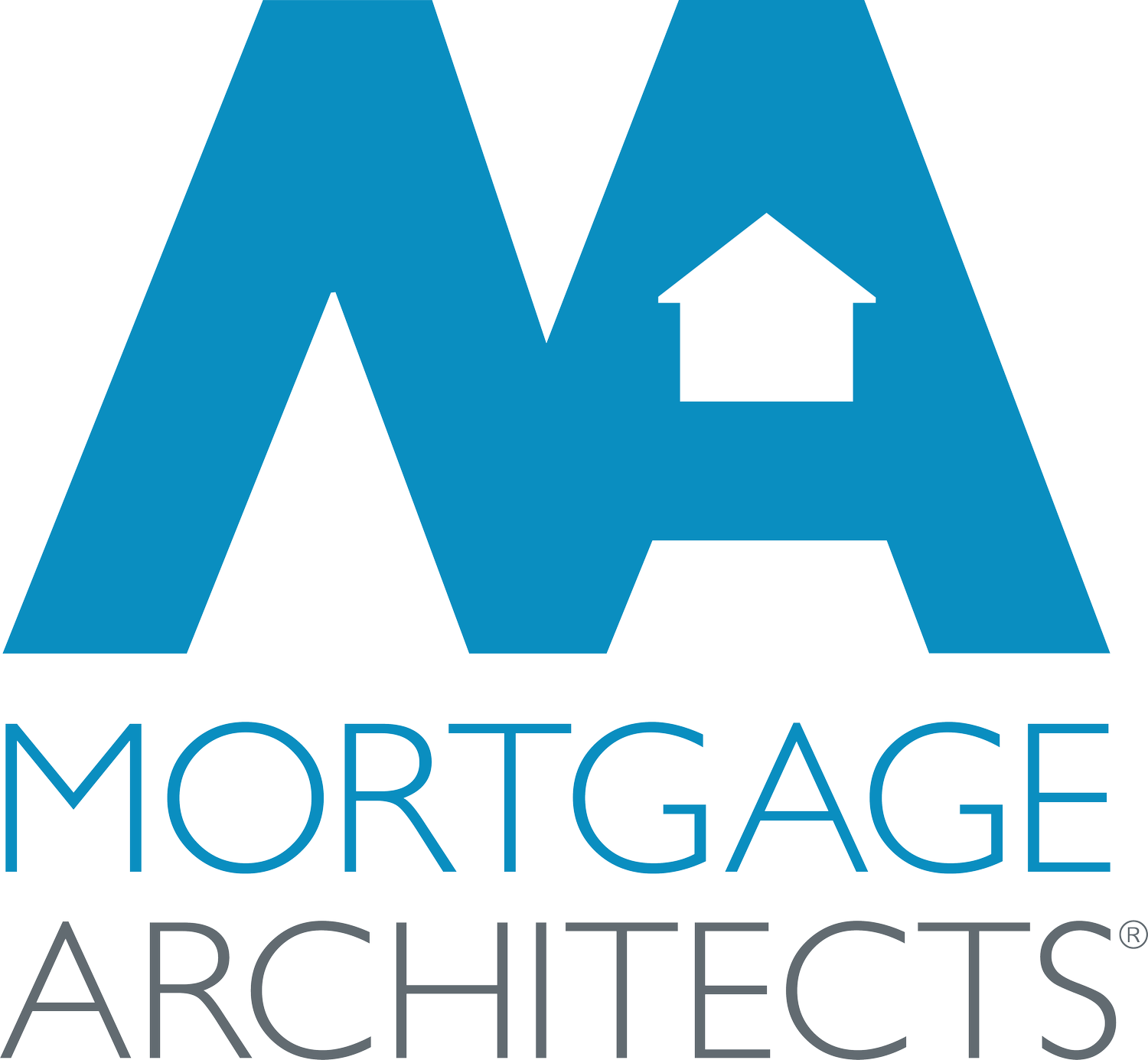Understanding Reverse Mortgages: A Flexible Option for Retirement Living in Canada 🏡
Many Canadians approaching or already in retirement have spent years paying down their mortgage or paying it off entirely. Despite having a significant amount of wealth in their homes, a lot of people are feeling squeezed when it comes to funding their retirement lifestyle, paying monthly expenses or helping family members.
If you have a lot of your retirement capital tied up in your home, and you’re not keen on cashing in investments and triggering taxes, the reverse mortgage is a great alternative and one that is often overlooked. It’s a tool that allows access to home equity without the pressure of monthly payments, income qualifications, or selling your home.
💡 What Exactly Is a Reverse Mortgage?
A reverse mortgage is designed for Canadian homeowners aged 55 and over. It allows you to access up to 55% of your home’s value, tax-free, with no required monthly payments if you so choose. You stay in your home and maintain full ownership. The loan is repaid only when the home is sold, you move out, or pass away.
You can take the funds as a lump sum, in smaller planned advances, or a mix—depending on what suits your needs.
🧾 How It Differs From a Line of Credit
While both a reverse mortgage and a home equity line of credit (HELOC) allow you to borrow against your home’s equity, they work very differently:
• A HELOC requires a full qualification process using income, debts and credit checks. A reverse mortgage does not, which makes it more accessible for retirees without a lot of income coming in each month.
• HELOCs require monthly interest payments. A reverse mortgage gives you the option. You can make monthly interest only payments or no payments at all. It’s your choice.
• HELOCs can be reduced or frozen by your lender. Reverse mortgages offer guaranteed access to approved funds, providing more long-term stability.
For those who want access to funds without compromising their cash flow—or their portfolio—a reverse mortgage can be a more flexible, low-stress solution.
🏖 How Canadians Are Using Reverse Mortgages
More retirees—and increasingly, financially savvy investors—are using reverse mortgages as part of a smart, tax-efficient strategy to preserve wealth while still enjoying life.
Here’s how people are putting this tool to work:
✔ Supplementing Income
Use it to top up retirement income, without drawing from registered accounts or paying extra tax.
✔ Delaying Withdrawals from Investments
Avoid triggering capital gains by accessing equity first, giving your investments time to grow.
✔ Home Renovations
Retrofit your space to age in place, without impacting your cash flow.
✔ Helping Family
Support children or grandchildren with tuition or a down payment, while still living comfortably.
✔ Buying a Second Property
Some are using reverse mortgage funds to buy a vacation home or condo near family, without draining retirement savings or taking on new debt.
Real example of a recent client:
Doug and Marianne, both retired and mortgage-free in Vancouver, wanted a lakeside cottage to share with family. Instead of dipping into their investments, they accessed $400,000 through a reverse mortgage on their current home and bought a $325,000 cottage in the Okanagan. They avoided triggering taxes, preserved their portfolio, and added a new chapter to their retirement, all without monthly payments.
🔍 Common Misconceptions
Let’s address a few concerns you may have heard:
“I’ll lose ownership of my home.”
You won’t. You remain on title and in full control. Canada has very strict regulations and you will always keep full ownership of your home.
“I might owe more than my home is worth.”
Reverse mortgages in Canada are non-recourse loans. You or your estate will never owe more than the fair market value when it’s sold. In fact, more borrowers still have a significant amount of equity in their homes when the loan is paid off.
“It’s a last resort.”
Definitely not. Many retirees are choosing reverse mortgages early in retirement to optimize cash flow, preserve investments, and increase financial flexibility.
✅ Is It Worth Exploring?
A reverse mortgage isn’t a one-size-fits-all solution—but it can be a valuable financial tool, especially for those who want to:
• Stay in their home long-term
• Avoid triggering investment-related taxes
• Create more room to enjoy retirement without selling assets
For retirees with significant home equity but limited income flexibility, it’s an option worth looking in to.
You’ve worked hard to build a home and a life you love. A reverse mortgage is one way to access the value you’ve built on your terms. Whether it’s for travel, helping family, managing expenses, or simply enjoying life more fully, it’s a tool that’s helping many Canadians make the most of retirement.
If you’re curious how it could work in your specific situation, ask questions, get the facts, and take the time to explore, call me today.
